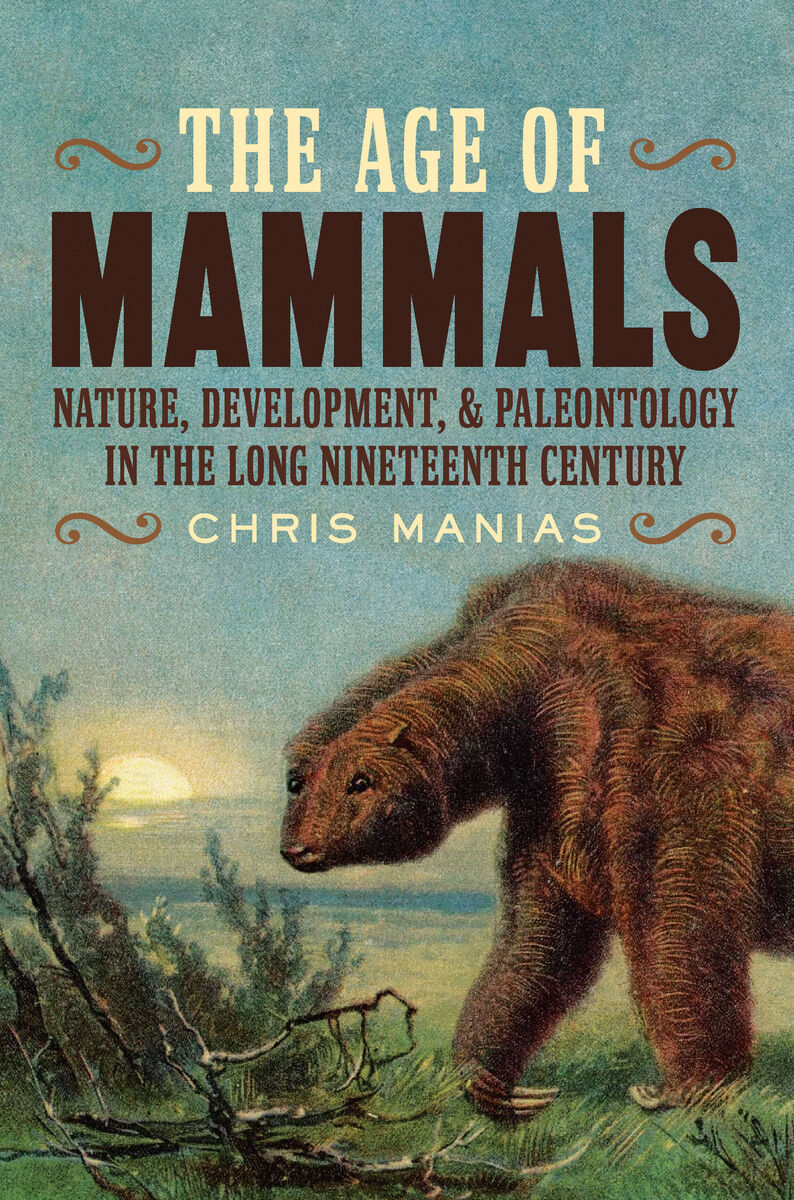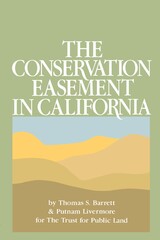The Age of Mammals: Nature, Development, and Paleontology in the Long Nineteenth Century
University of Pittsburgh Press, 2023
eISBN: 978-0-8229-8994-3 | Cloth: 978-0-8229-4780-6
See other books on: Age | Development | Long Nineteenth Century | Mammals | Paleontology
See other titles from University of Pittsburgh Press
eISBN: 978-0-8229-8994-3 | Cloth: 978-0-8229-4780-6
ABOUT THIS BOOK | AUTHOR BIOGRAPHY | TOC | REQUEST ACCESSIBLE FILE
ABOUT THIS BOOK
When people today hear “paleontology,” they immediately think of dinosaurs. But for much of the history of the discipline, dramatic demonstrations of the history of life focused on the developmental history of mammals. The Age of Mammals examines how nineteenth-century scholars, writers, artists, and public audiences understood the animals they regarded as being at the summit of life. For them, mammals were crucial for understanding the formation (and possibly the future) of the natural world. Yet, as Chris Manias reveals, this combined with more troubling notions: that seemingly promising creatures had been swept aside in the “struggle for life,” or that modern biodiversity was impoverished compared to previous eras. Why some prehistoric creatures, such as the saber-toothed cat and ground sloth, had become extinct, while others seemed to have been the ancestors of familiar animals like elephants and horses, was a question loaded with cultural assumptions, ambiguity, and trepidation. How humans related to deep developmental processes, and whether “the Age of Man” was qualitatively different from the Age of Mammals, led to reflections on humanity’s place within the natural world. With this book, Manias considers the cultural resonance of mammal paleontology from an international perspective—how reconstructions of the deep past of fossil mammals across the world conditioned new understandings of nature and the current environment.
See other books on: Age | Development | Long Nineteenth Century | Mammals | Paleontology
See other titles from University of Pittsburgh Press












